Wax Begonia is a rather hardy plant that brings color to your garden when it starts to bloom. The best part is that you will find this plant blooming for most of the year, unlike some seasonal plants.
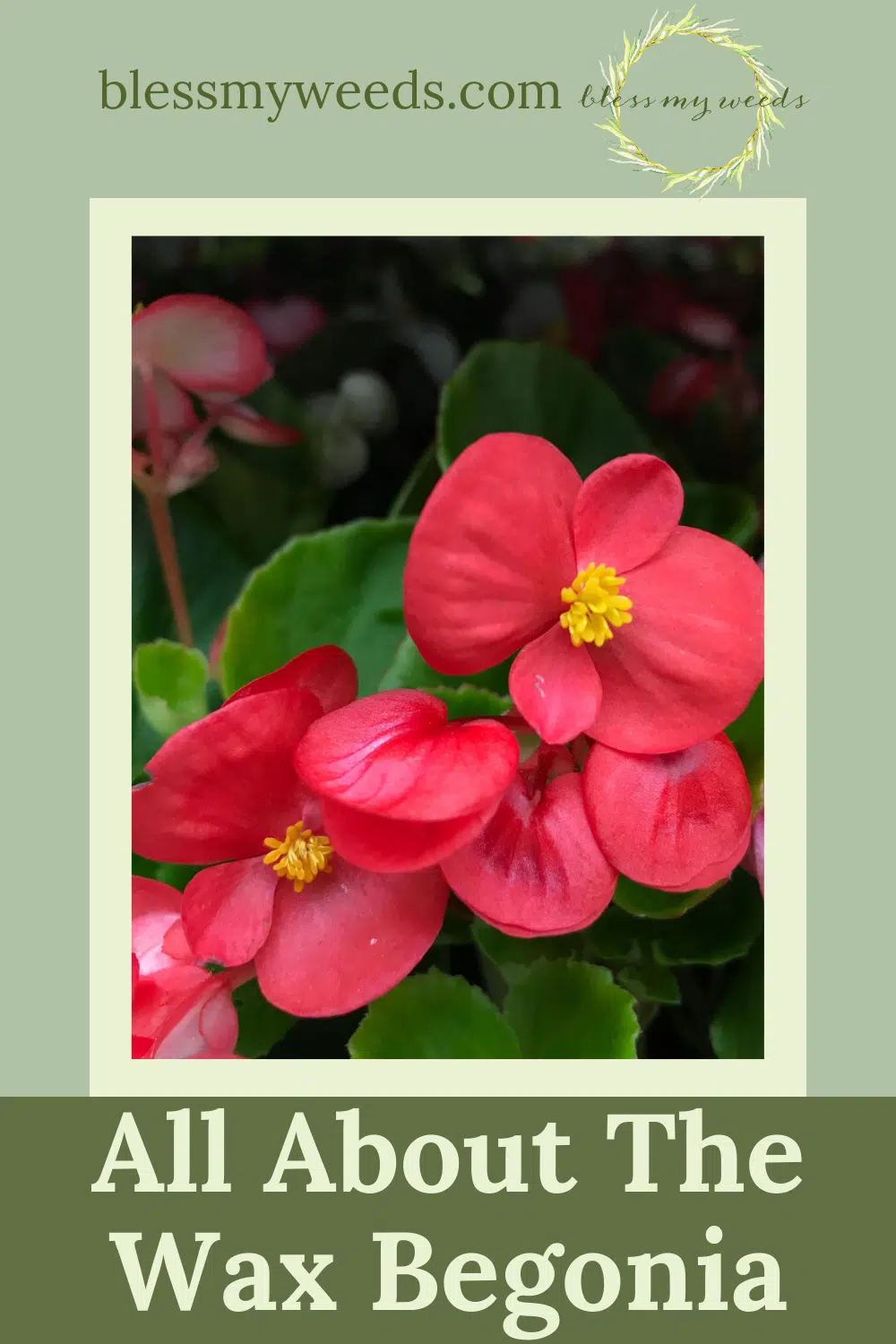
Begonias have more than 1,000 different species, all of which are vastly different from each other in terms of size, shape, and color.
The wax Begonia plant is an easy-to-grow plant that can be placed indoors or can be the life of your outdoor garden. In this article, we will talk about the best way to care for and grow Wax Begonias so that your garden looks beautiful and welcoming.
The Best Way to Grow the Wax Begonia Plant
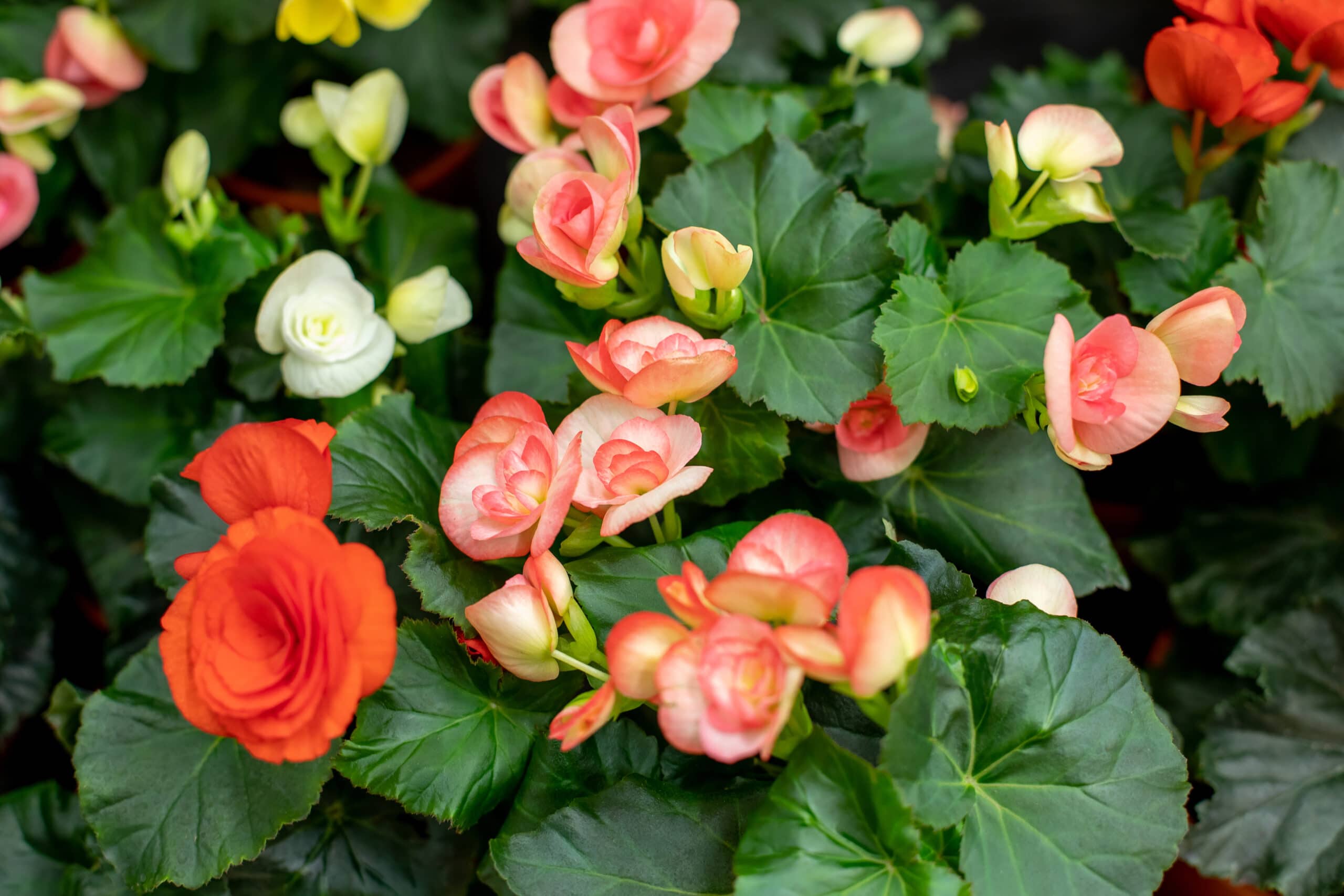
As perennials, the best place to grow a Wax Begonia is in growing zones 10 and 11. However, as annual plants, they can also thrive in other zones in different parts of the country. These versatile plants can be grown in flower pots and containers, making them brilliant indoor plants too.
The Wax Begonia has been around since the Victorian age, and even today, you will find that people are extremely fond of this plant.
Based on the species of Wax Begonia you choose to grow, these plants can be six inches to two feet tall. The flowers that bloom can be of various colors, such as pink, white or yellow. Moreover, you will also see some differences in foliage.
An interesting fact about the Wax Begonia is that this plant grows waxy, edible flowers that taste citrusy. They have been compared to melons and pumpkins as well.
A Guidebook on Growing and Caring for Wax Begonias
The seeds of a Wax Begonia are extremely tiny, which makes planting them a bit tricky to care for. However, keep in mind that as long as you use a seed pod that does not weigh more than an ounce, you can grow even three million little seedlings successfully.
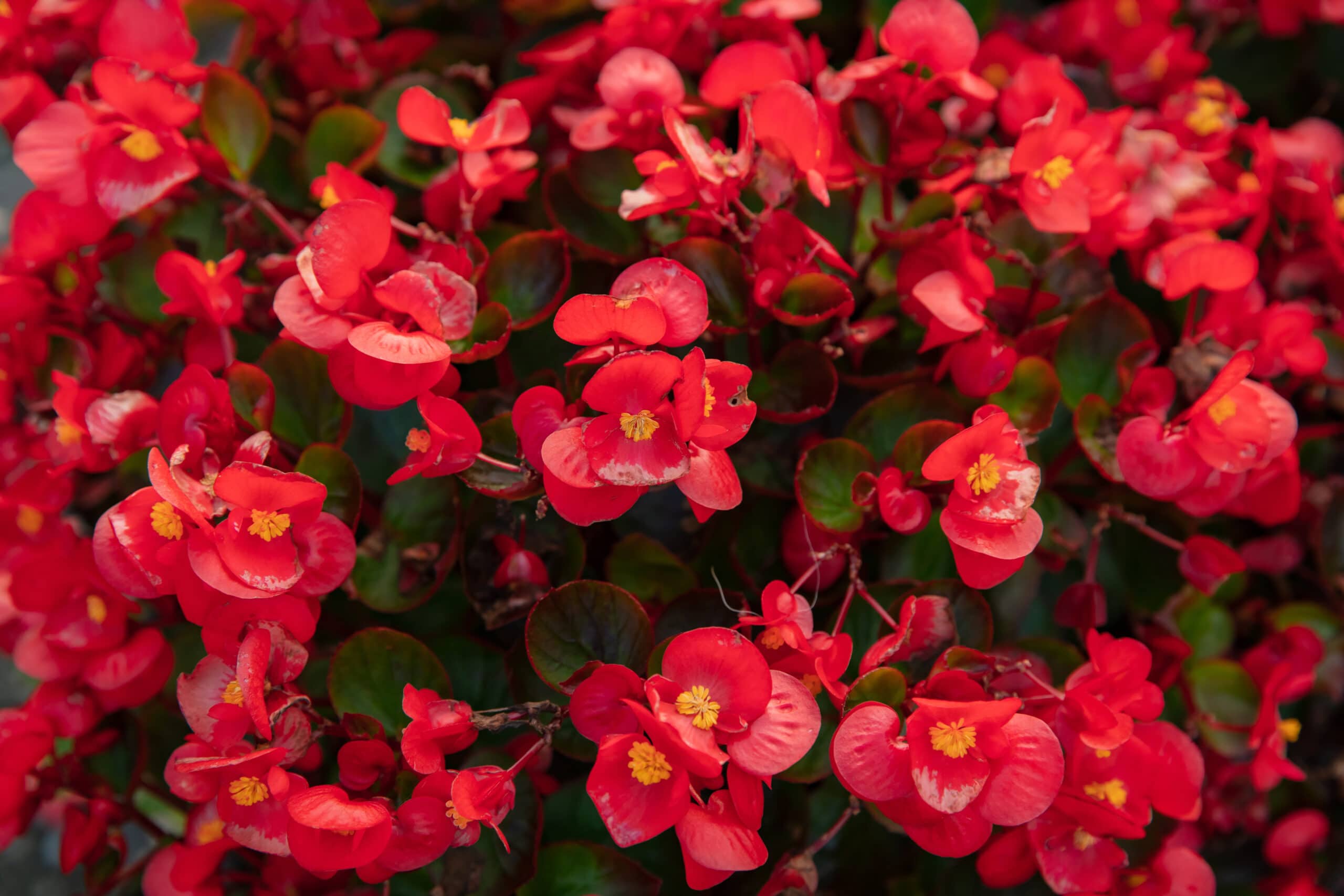
Here are some conditions that are ideal for the growth of this plant:
1. Sun
You will find that the Wax Begonia grows best in the fall sun. However, if you are living in a tropical part of the country, it is best to grow the plant in an area that can shade it from the intense afternoon sun.
If the Wax Begonia does not bloom, it is a sign that the plant needs more sunlight.
2. Temperature
The Wax Begonia is not a plant that is suited to cold or freezing weather conditions. It thrives best in environments where the temperature is at least 60 degrees Fahrenheit.
If you live in an area where the temperature rises to 75 degrees, you should definitely grow this plant as the higher temperature will cause it to bloom.
3. Humidity
Wax Begonias grow well in humid environments. Hence, it is recommended that if you live in a less humid space, use a humidifier. This will be incredibly helpful for your indoor plants.
4. Water
When growing the Wax Begonia, remember to keep the soil moist. However, it should not be too wet, so the water drips out.
5. Soil
You can use any light soil to grow this plant. However, make sure that it is well-draining soil.
6. Fertilizer
Wax Begonias don’t need too much fertilizer. You can use a weak one every month to keep the plant healthy.
How to Grow Wax Begonias in Containers
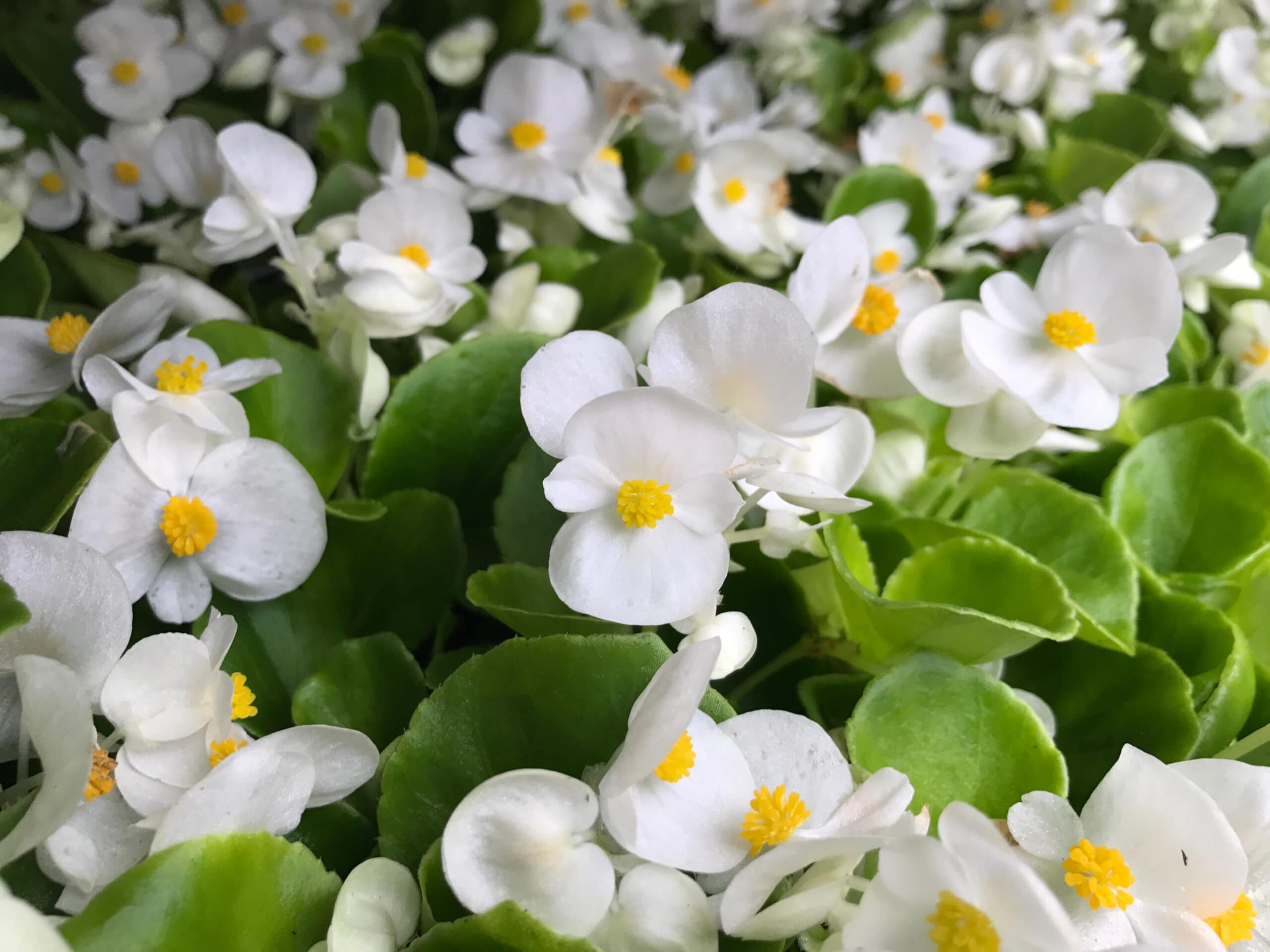
If you live somewhere where growing a Wax Begonia is difficult, you should definitely consider turning it into an indoor plant. Did you know that you can plant Wax Begonias in containers! It’s true; these begonias have a life span of four to five years during this time.
Wax Begonias can actually grow quite tall and big in containers, so you might need to switch it out into a pot; otherwise, the plant will not get enough nutrients and will die. Moreover, your flowerpot needs to have lots of drainage holes so that the plant’s roots are not over soaked.
How to Prune the Wax Begonia
When a Wax Begonia is in its growing stage, it does not need to be pruned. All you should do is trim the leaves from time to time, along with the branches that you feel are overgrowing. You do not even need any tools to do this.
You can simply pinch the stems to get rid of the dead ones. This will encourage the Wax Begonia plant to grow.
Do this approximately once a month, especially if you want your Wax Begonia to look fuller and healthier. Keep in mind that you might find your plant being leggy, which means that it is searching for the sun, so it has started to grow in a certain direction.
If this happens, prune the plant. Pruning will allow it to grow properly from the stem, resulting in fuller growth.
How to Winterize Your Plant
Wax Begonias do not grow in cold climates. Hence, when winter arrives, take the plant out from the ground and put it in a planter that can safely fit through your home door. During this time, allow the plant to grow indoors.
Of course, the plant will need lots of sunlight, but it can survive the winter if the temperature indoors Is more than 60 degrees. Keep in mind that froth is deadly for these plants, so keep them indoors till all the frost outside melts.
How to Propagate the Wax Begonia
If you want to propagate the Wax Begonia, do so by cutting a stem from the plant. The cutting needs to be three to four inches long and must only be taken from the plant in spring.
Carefully put the cutting into the soil and make sure not to go beyond two inches deep. To ensure that it forms roots, keep the soil hydrated and the environment humid. A hack to increase humidity is to cover the plants with a plastic bag. Soon, you will notice the plant thriving.
Common Problems Encountered with the Wax Begonia
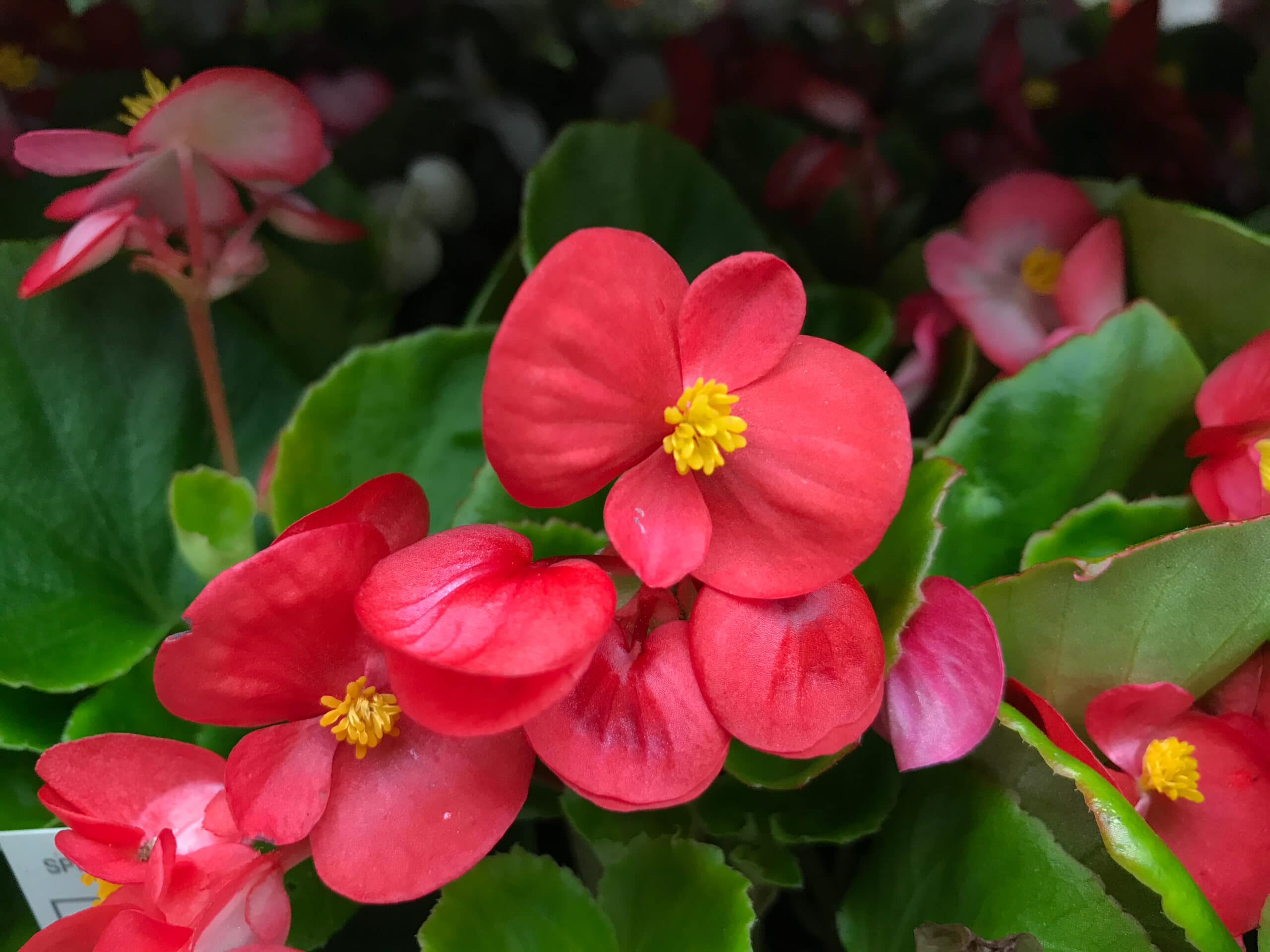
Many people complain about root rot when it comes to the Wax Begonia plant. While the plant needs loads of moisture and humidity to thrive, sometimes the roots can start to rot when the moisture finds its way into the soil. This can start to damage the plant.
Moreover, if the leaves remain wet, fungus can start to grow on them. The leaves will begin resembling a powdery form of mildew.
However, to fix this and ensure that your plant does not die, simply adjust the level of moisture and water your plant from underneath the leaves. Usually, pests do not occur on the plant, but you must ensure that some pests like whiteflies, scales, spider mites, and aphids and kept away.
These pests can cause the leaves to lose their color, leading to deformity.
Different Types of Wax Begonias
- Queen Series- Double flowering plants.
- Cocktail Series- Miniature plants with maroon or bronze foliage.
- Super Olympia Series- Lots of large blooming flowers.
- Ambassador Series- Flowers that bloom early in the colors pink, white, and red.
Are you ready to grow some Wax Begonias? Let’s get started!
Looking to grow more than Wax Begonias? Check out this article on the Queen of the Night Flower and how to grow it.

Leave a Reply